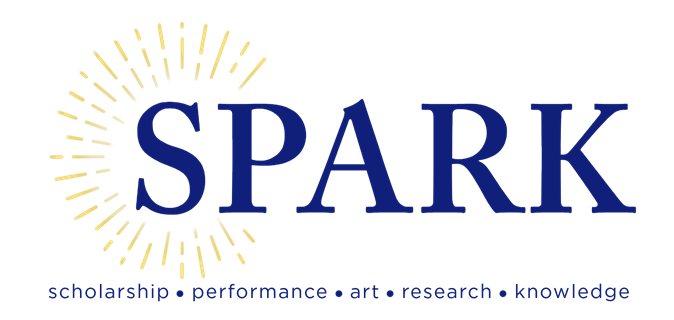
[Archive] Belmont University Research Symposium (BURS)
Publication Date
2022
College
Sciences and Mathematics, College of
Department
Chemistry and Physics, Department of
BURS Faculty Advisor
Duane Hatch
Presentation Type
Oral Presentation
Abstract
Through complex intermolecular and intramolecular forces, proteins conformationally change to form complex 3-d geometry that carries out biochemical processes and mapping their structures is becoming a field of interest in the biological community. Techniques for modeling protein’s structure typically follow the path of X-ray crystallography, which has an intrinsic phase problem that can make reading the electron density map they produce very difficult. This can be mitigated by appending a heavy-atom containing amino acid analogue into a crystal sample of the protein being studied. A selenium containing tryptophan analogue will be synthesized to be appended into proteins as a chemical marker which will provide better stability and similarity to native tryptophan’s indole ring because of the aromatic resonance, unlike commonly used leucine or alanine analogues. A tosylated pyrrole is treated with n-butyllithium, selenium is added in a transmetalation reaction, and finally an acetal halide is appended onto the pyrrole which forms the precursor to the annulation. To synthesize the selenopyrrole ring, an annulation must occur with the presence of a lewis acid which can affect yields greatly. Six different lewis acids will be tested on this annulation step to determine the best possible reagent for higher yields, larger sample sizes and mitigation of unwanted side products.
Recommended Citation
Reiselman, James P., "Synthesis of Selenotryptophan for Protein Elucidation" (2022). [Archive] Belmont University Research Symposium (BURS). 106.
https://repository.belmont.edu/burs/106
Included in
Amino Acids, Peptides, and Proteins Commons, Heterocyclic Compounds Commons, Inorganic Chemicals Commons, Organic Chemicals Commons, Polycyclic Compounds Commons


